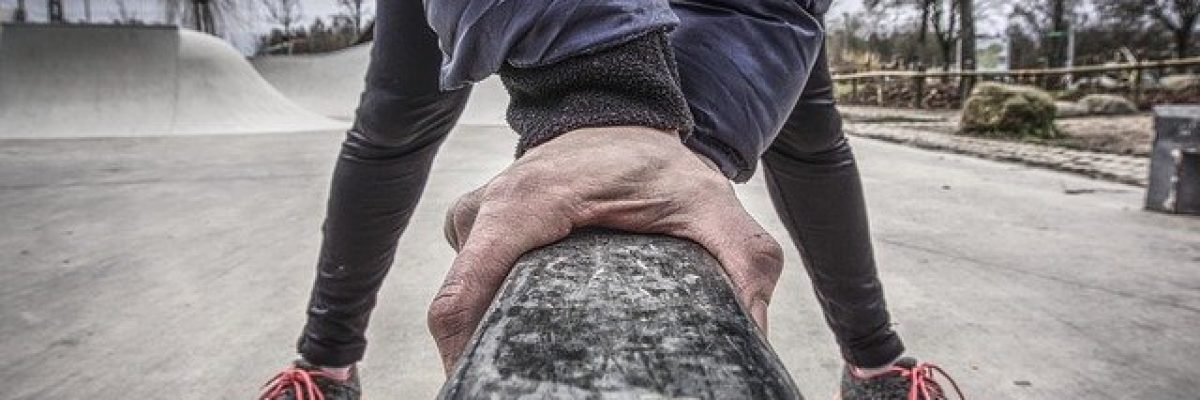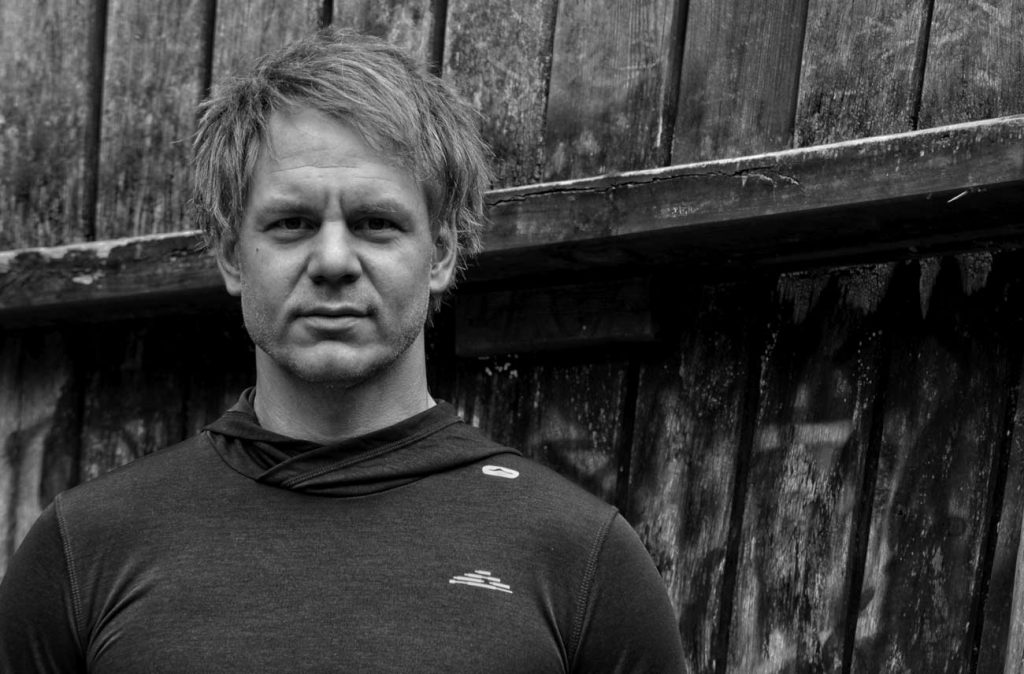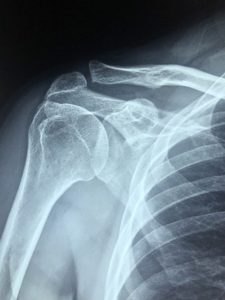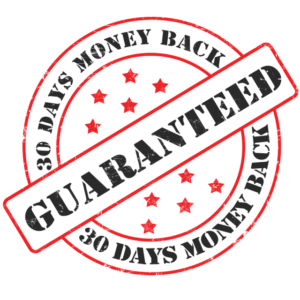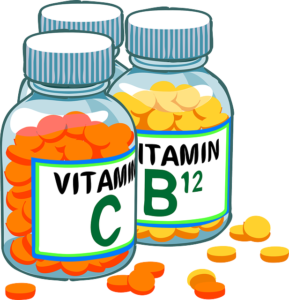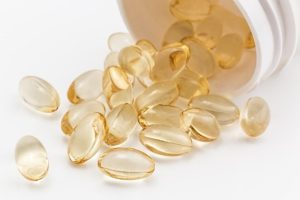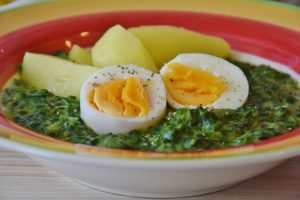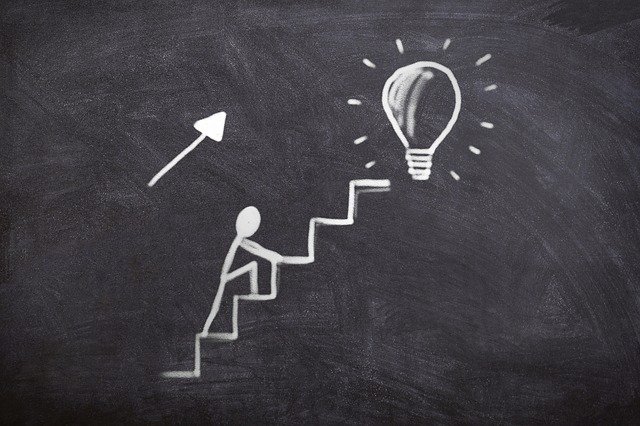The pain relieving expert explains: “Sarcopenia” – age-related muscle loss – threatens healthy lifespans. And has a massive impact on organ function and insulin.
By the way: the US Centres for Disease Control and Prevention now recognise “Sarcopenia” as a notifiable disease in its own right. Look at that.
Skeletal muscle (40% of body mass) not only has two functions: generating strength and movement. It is now also known that the muscles also fulfil an important endocrine function. They release special cytokines and messenger substances into the blood and thus regulate the function of other organs. In addition, skeletal muscle plays a crucial role in maintaining metabolic homeostasis.
Loss of muscle mass with age is thought to be a major factor in insulin resistance in older adults. Declining muscle strength and progressive impairment of mobility in old age are also likely to lead to a reduction in daily physical activity, which may contribute to metabolic dysfunction.It is clear that older people with low muscle mass experience delayed recovery and have higher rates of complications and infections after surgery, higher drug toxicity, and higher disease-specific and all-cause mortality. Does this make sense? I think so.
Recent reviews found strong evidence that frailty due to “Sarcopenia” is a risk factor: such as longer hospital stay, functional decline at discharge, lower quality of life and long-term mortality. Now the question is, what is the quickest way for a person to address a change? I am not saying that walking, or even walking faster, is without a positive effect. No. Many people in Ireland walk regularly. It helps in comparison to doing nothing at all.
Do I know clients who walk and still have pain. Yes, I do. So what works the fastest? Resistance training. In combination with walking? If the time frame fits – gladly. If I had to make a decision based on the parameters of effort and return – then I would clearly choose resistance training. ![]()
In combination with flexibility training. Of course. That’s how I’ve been training for years. Do I have clients who do resistance training but still have pain? Yes, there are those too. But they are less than the walkers. ![]()
Changes will not happen from one day to the next. New patterns have to be integrated first. But it works ![]() What do I mean by resistance training? Resistance training with weights. Or with body weight. Or with a simple rubber band.
What do I mean by resistance training? Resistance training with weights. Or with body weight. Or with a simple rubber band.
Now the all-encompassing question: What should I do at the moment? The gyms aren’t open yet or have limited access! Well there are masses of instructions on YouTube. There are mobile gyms that even come to your home and create individual plans. Buy an elastic band or a dumbbell at the nearest shop?
I don’t have to explain that to you, do I? You know that yourself. ![]()
By the way, new appointments are possible again.
See you next time.
Stay strong.
Matti

